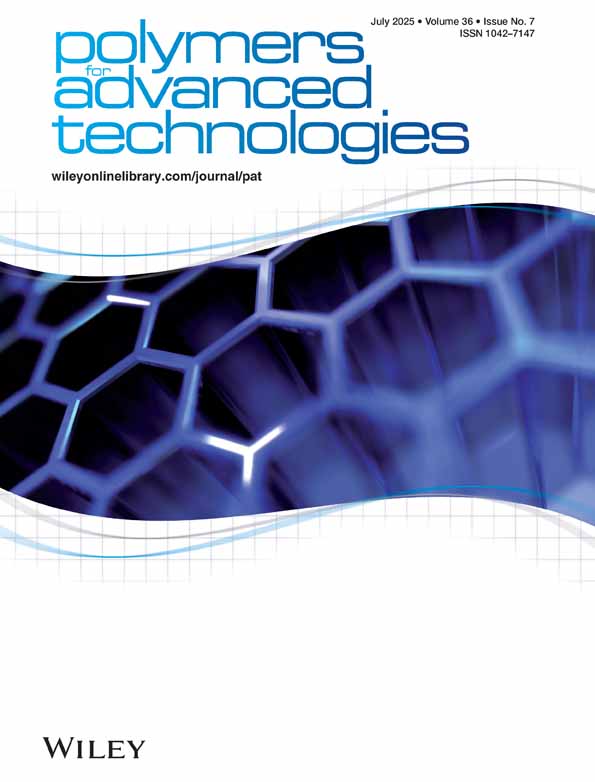Model oxygen-evolving center composed of polymer membrane and dimer ruthenium complex
Abstract
The in situ spectrocyclic voltammetric investigations of the dimeric ruthenium complex used for water oxidation, [(bpy)2(H2O)Ru–O–Ru(H2O)(bpy)2]4+ (H2O–RuIII–RuIII–OH2), were carried out in a homogeneous aqueous solution and in a Nafion membrane under different pH conditions. The in situ absorption spectra recorded for the dimer show that the dimer H2O–RuIII–RuIII–OH2 complex underwent reactions initially to give the detectable H2O–RuIII–RuIV–OH and H2O–RuIII–RuIV–OH2 complexes, and at higher positive potentials, this oxidized dimer underwent further oxidation to produce a presumably higher oxidation state RuV–RuV complex. Since this RuV–RuV complex is reduced rapidly by water molecules to H2O–RuIII–RuIV–OH2, it could not be detected by absorption spectrum. Independent of the pH conditions and homogeneous solution/Nafion membrane systems, the dimer RuIII–RuIV was detected at higher potentials, suggesting that the dimer complex acts as a three-electron oxidation catalyst. However, in the Nafion membrane system it was suggested that the dimer complex may act as a four-electron oxidation catalyst. While the dimer complex was stable under oxidation conditions, the reduction of the dimer RuIII–RuIII to RuII–RuII led to decomposition, yielding the monomeric cis-[Ru(bpy)2(H2O)2]2+.




